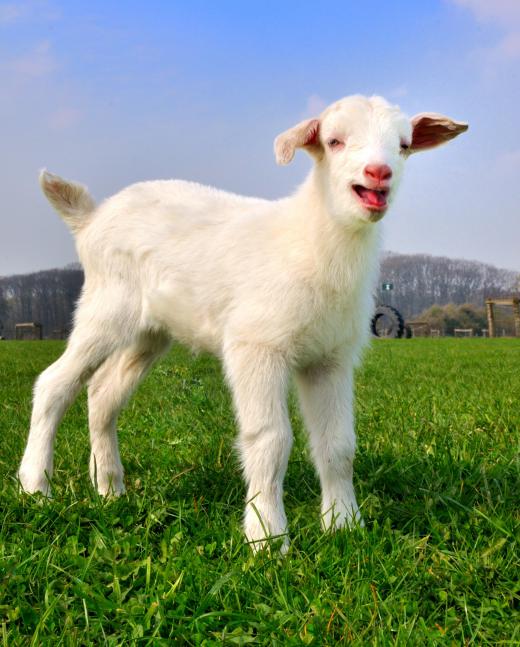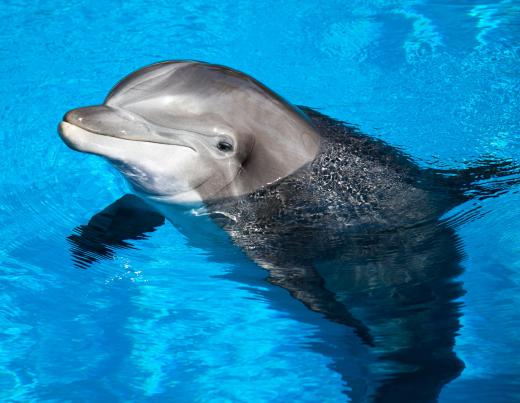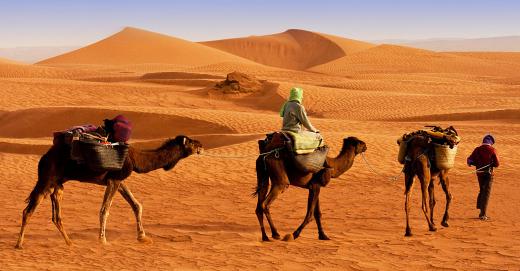What are the Major Groups of Mammal?
 Mary McMahon
Mary McMahon
There are three major living groups of mammal: placental mammals, monotremes, and marsupials. A fourth group, the multituberculates, is now extinct. Of the three living groups, the placental mammals is by far the largest, and probably the most well known; after all, you are a placental mammal, and if you own mammalian pets, the chances are very high that they are placental mammals as well. These groups of mammals are what are known as infraclasses taxonomically, meaning that they are ranked below class and subclass, but above order.
No matter what infraclass a mammal is in, it shares a number of traits with other mammals. All mammals have a neocortex, a region of the brain which is unique to the mammals, and they also have three middle ear bones and a single jaw bone. Mammals also possess sweat glands, and they are capable of producing milk through the use of specialized glands. Mammals also possess hair, and specially designed skulls which connect with their neck vertebrae while protecting them.

Both placental mammals and marsupials are in the subclass theria, which includes mammals which give birth to live young. Placental mammals are more properly classified as belonging to the infraclass eutheria, but many people use “placental” to describe a mammal in this infraclass in reference to its defining feature. All placental mammals use a placenta during gestation. Some examples of placental mammals beyond humans and house pets include bats, goats, sloths, and dolphins.

Marsupials, on the other hand, do not use a placenta. Instead, they develop a small yolk sac which nourishes the young marsupial for a short period of time before it is born in a highly undeveloped state. At this stage, the young animal crawls into the mother's pouch for nourishment and to further develop. Marsupials are sometimes known as pouched mammals, in a reference to their interesting method of development. Some well-known marsupials include opossums, kangaroos, and koalas.

The monotremes are quite unique, and there are only six species alive today. They reproduce using eggs, rather than by giving birth to live young, and they have a number of other intriguing physiological traits which distinguish them from other members of the mammal class. The platypus is one well-known example of a monotreme; early reports of the platypus were so unbelievable to Europeans that they believed that the animal was a hoax!
AS FEATURED ON:
AS FEATURED ON:
















Discussion Comments
I love learning about things like this! My favorite monotremes are echidnas, which are, incidentally, the only other living monotreme besides a platypus. If you've never seen a picture of a long-beaked echidna, you definitely should google it, they're so cute! I really want to work at a zoo when I grow up so I can be around these amazing creatures.
It's so weird to me to think that animals as diverse as goats and bats can be connected in any way -- not to mention dolphins!
I will definitely be using this article to explain the different mammal groups to my kids (I homeschool) -- thanks for the clear and concise overview!
Post your comments